Screws are one of the most common fasteners in the world. They are used to join two or more objects together in a variety of applications. From the intricate joinery of furniture to the robust structures in construction and the intricacies of manufacturing processes, screws play a pivotal role in ensuring stability, longevity, and precision.
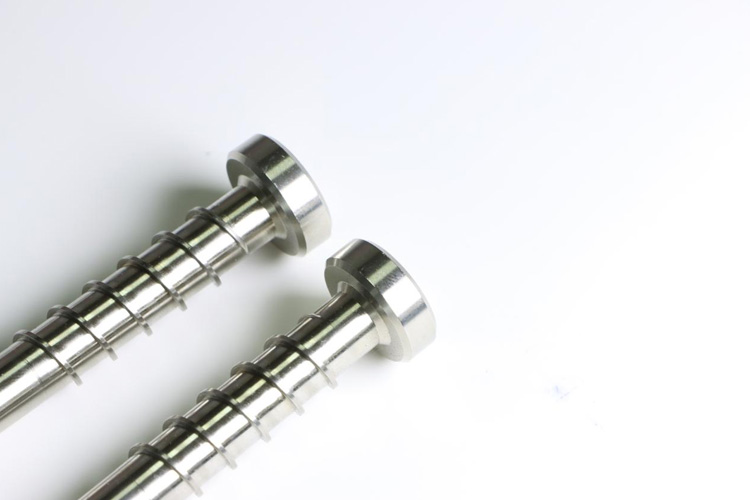
They are designed to be inserted into pre-drilled holes or materials, such as wood, metal, or plastic, and secured by rotating them clockwise with the help of a screwdriver or power tool.
The threaded shaft of a screw has helical ridges called threads. These threads provide the grip and allow the screw to create a tight connection when inserted into a corresponding threaded hole or material. The head of the screw typically has a shape that allows for easy driving and provides a surface for the screwdriver or tool to apply force during installation.
Threaded Design:
The defining feature of screws is their helical threads, which allow them to navigate and embed into materials effectively.
Self-Drilling Capability:
Screws are often equipped with a pointed tip that enables them to penetrate surfaces without the need for a pre-drilled hole. This self-drilling capability simplifies their application in various materials, including wood, metal, and plastic.
Versatile Materials:
While traditionally crafted from metal, screws can also be manufactured using alternative materials like plastic, catering to specific needs and applications. This versatility in material selection enhances their adaptability across industries.
Varied Sizes and Shapes:
Screws come in an array of sizes, accommodating different kinds of screws' requirements. The variations in length and diameter ensure suitability for a diverse range of projects.
Head Design:
Screws exhibit various head types, each tailored to specific functions and appearances. The familiar Phillips head, with its cross-shaped indent, allows for easy tightening with a screwdriver. Flat heads sit discreetly flush with the surface, while hex heads offer powerful control with an Allen wrench. Each head design adds another layer of functionality to this versatile fastener.
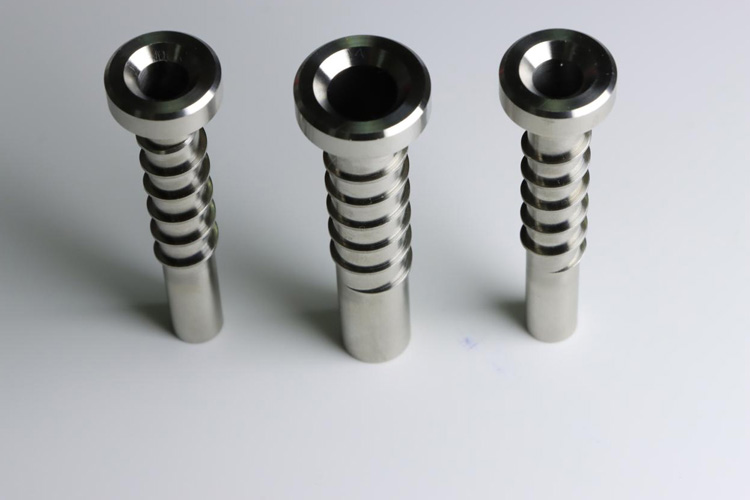
Generally speaking, screws can be classified into two main categories: screw threads and head types.
Screw Threads
Screw threads are the spiral ridges that run along the shaft of a screw. They are what give screws their grip and allow them to hold two materials together. Here are some examples of screw thread designs:
Thread Types | Description | Applications |
Standard Thread | The traditional and most common thread design. | Versatile and suitable for general-purpose fastening. |
Coarse Thread | Threads with larger pitch, facilitating quicker assembly. | Ideal for projects where the speed of fastening is crucial. |
Fine Thread | Threads with a smaller pitch, providing enhanced grip. | Suited for applications requiring a higher level of precision and holding power. |
Dual Thread | Two sets of threads with different pitches on the same screw. | Offers a balanced combination of speed and holding strength. |
Machine Screw Thread | Uniform threads designed for use with nuts or tapped holes. | Common in machinery and electronic devices. |
Head Types
The head of a screw is the part that is turned to tighten or loosen the screw. There are many different types of screw heads, each with its own advantages and disadvantages. Some of the most common types of screw heads include:
1. Flat Head:
Description: Head with a flat surface flush with the material being fastened.
Application: Provides a smooth finish, often used where the head needs to be inconspicuous.
2. Phillips Head:
Description: Cross-shaped recess in the head, requiring a Phillips screwdriver.
Application: Widely used for its ease of use in various applications.
3. Hex Head:
Description: Head with a hexagonal recess, used with an Allen wrench.
Application: Offers increased torque and is popular in applications requiring higher tightening force.
4. Pan Head:
Description: Rounded head with a flat top surface.
Application: Suitable for applications where a low-profile head is required.
5. Truss Head:
Description: Wide, rounded head with a low profile.
Application: Provides a larger surface area for better load distribution.
6. Oval Head:
Description: Head with a slightly rounded top surface.
Application: Used when a decorative or smooth finish is desired.
Other Considerations
In addition to screw threads and head types, there are several other factors to consider when choosing different type of screws. These include:
Screw Material:
Significance: Influences strength and corrosion resistance.
Options: Stainless steel, brass, aluminum, and alloys.
Considerations: Choose material based on environmental conditions.
Screw Size:
Significance: Determines compatibility with materials.
Options: Varying diameters and lengths.
Considerations: Ensure proper engagement and load distribution.
Screw Length:
Significance: Critical for secure connections.
Options: Diverse lengths for various needs.
Considerations: Prevent inadequate penetration or excessive protrusion.
Material Being Fastened:
Significance: Dictates screw type for effective fastening.
Considerations: Tailor screws to material characteristics.
Level of Torque Required:
Significance: Influences thread and head choices.
Considerations: Prevent over-tightening or insufficient clamping.
Aesthetic Preferences:
Significance: Contributes to the overall design.
Considerations: Choose screws with compatible finishes and profiles.
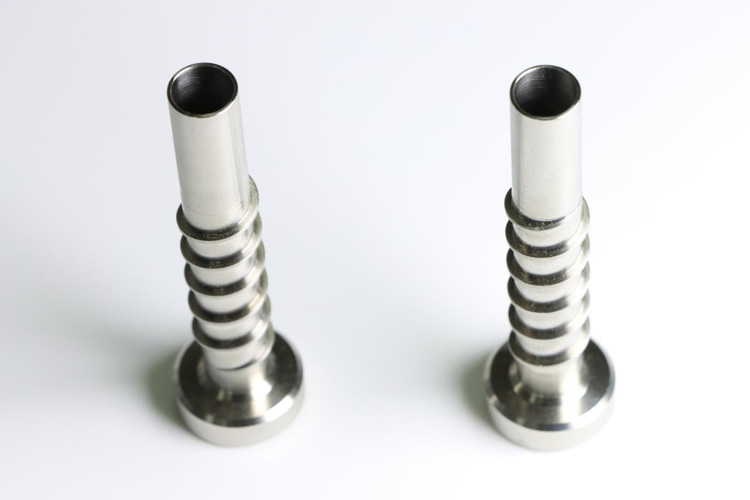
Screws and bolts share the common goal of joining materials, but they do so in distinct ways. While screws and bolts often get lumped together as "fasteners," there are distinct differences that set them apart. Screws thrive in versatility and ease of use, while bolts prioritize strength and stability for demanding tasks.
1. Definitions and Characteristics
Screws:
Definition: Self-tapping fasteners with helical threads designed for insertion without the need for nuts.
Characteristics: Feature pointed tips, various thread designs, and a diverse range of head types.
Bolts:
Definition: Threaded fasteners requiring nuts for secure fastening.
Characteristics: Typically have blunt ends, uniform threading, and come in varying lengths.
2. Heads
Screws:
Feature a wide variety of head styles, often designed for direct driver engagement (Phillips, flat, hex, etc.). These heads usually allow for repeated disassembly and assembly.
Bolts:
Often have simpler head designs like hex or square, meant for use with wrenches and sockets. Bolts are typically intended for permanent or less frequent assembly/disassembly.
3. Strength and Application:
Screws:
Generally offer less tensile strength than bolts due to their smaller diameter and thinner threads. They excel in lighter-duty applications, like furniture assembly or electronics, where frequent adjustments might be needed.
Bolts:
Possess greater tensile strength and are ideal for high-stress applications like bridge construction, machinery assemblies, and automotive parts. Their reliance on nuts distributes force more evenly, providing better stability and resistance to shearing.
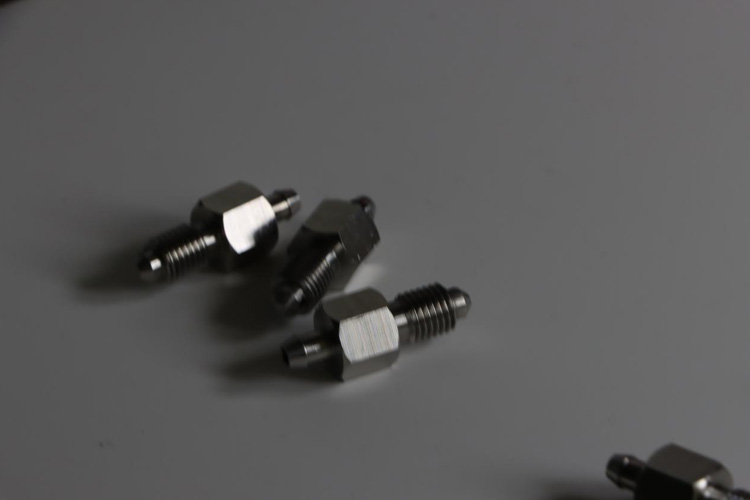
In the construction of a robust and dependable fastening solution, the material from which a screw is crafted serves as a critical determinant of its strength, durability, and performance characteristics.
Types | Performance |
Stainless Steel Screws | Resistant to corrosion, rust, and staining. Exceptional strength and durability. |
Brass Screws | Corrosion-resistant with an appealing aesthetic. Exhibits good conductivity. |
Aluminum Screws | Lightweight with good corrosion resistance. Suitable for applications where weight is a consideration. |
Alloy Screws | Blends multiple metals for enhanced properties. Tailored strength, corrosion resistance, or conductivity. |
Titanium Screws | Exceptional strength-to-weight ratio. High corrosion resistance. |
Plastic Screws | Lightweight, non-conductive, corrosion-resistant. Versatile in specific applications. |
Innovations and Emerging Materials
High-Performance Alloys: Continual advancements in alloy formulations for enhanced properties.
Biodegradable Materials: Growing focus on eco-friendly options for reduced environmental impact.
Injection Molding Screws: With its unique geometry, injection molding screw ensures efficient material transport, homogeneous melting, precise pressure control, and exceptional durability.
Screw coating plays a pivotal role in augmenting both protection and performance. Coatings add an extra layer of protection and functionality to all types of screws, empowering them to tackle diverse challenges:
Corrosion resistance:
Coatings like zinc or galvanized steel combat rust and oxidation, prolonging the screw's lifespan, especially in harsh environments.
Friction reduction:
Coatings like Teflon or electroless nickel minimize friction, allowing for easier installation and disassembly, ideal for applications like furniture or machinery.
Aesthetics:
Decorative coatings like black oxide or colored paints enhance the appearance of screws, making them suitable for visible applications or decorative purposes.
Electrical conductivity:
Specific coatings like tin or silver can enhance electrical conductivity, making screws ideal for electronics or grounding applications.
Plating:
Purpose: Provides a thin layer of metal coating for enhanced corrosion resistance.
Materials: Common plating options include zinc, nickel, and chrome.
Applications: Ideal for screws exposed to corrosive environments, such as outdoor or marine settings.
Painting:
Purpose: Adds a protective layer of paint for both aesthetic appeal and corrosion resistance.
Materials: Durable paint coatings that withstand environmental factors.
Applications: Commonly used in decorative applications and indoor settings.
Purpose: Creates a hard, corrosion-resistant oxide layer on the screw surface.
Materials: Typically applied to aluminum screws.
Applications: Suitable for aerospace and electronic applications where lightweight, corrosion-resistant solutions are crucial.
Chemical Coating:
Purpose: Involves applying chemical solutions for corrosion resistance.
Materials: Diverse chemical coatings for specific environmental challenges.
Applications: Effective in industrial settings with exposure to harsh chemicals.
Environmental Conditions: Choose coatings based on the specific environmental challenges the screws will face.
Material Compatibility: Ensure compatibility between the screw material and the chosen coating for optimal effectiveness.
Application Requirements: Consider the intended use of the screws and the level of protection required.
As fundamental fasteners, Screws find diverse applications across various industries, playing a crucial role in ensuring stability, functionality, and structural integrity.
Construction:
From holding together the bones of a building to securing electrical panels, screws are ubiquitous in construction, ensuring structural integrity and safety.
Furniture:
From sturdy bed frames to delicately crafted cabinets, screws provide the invisible backbone of furniture, enabling assembly, adjustability, and long-lasting durability.
Electronics:
From securing intricate circuit boards to anchoring components in smartphones, screws are essential for the miniaturized world of electronics, ensuring precise fit and reliable function.
Automotive:
Automotive screws take on a critical role, holding together the very fabric of vehicles. From engine components to body panels, automotive screws are meticulously designed for strength, vibration resistance, and corrosion protection, ensuring the safety and performance of every vehicle on the road.
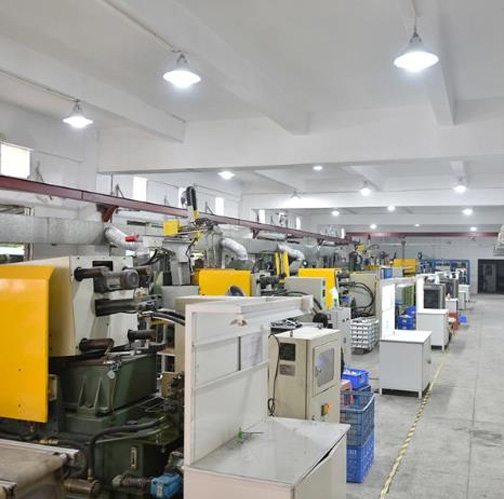
A screw boss, also known as a threaded insert or threaded boss, is a metal or plastic component that is incorporated into a material or product to provide a stable and threaded hole for receiving a screw. It is typically a cylindrical or flanged piece that is designed to be securely embedded or molded into a substrate.
Strength and Stability:
Bosses create a more robust and reliable connection compared to screws directly threaded into a flat surface.
Space Efficiency:
They eliminate the need for additional hardware like nuts and washers, saving space and reducing overall part weight.
Assembly and Alignment:
Bosses guide screws during installation, ensuring proper alignment and preventing cross-threading, a common frustration in assembly.
Design Flexibility:
They allow for a wide range of screw sizes, head types, and fastening configurations, offering versatility in design.
CNC machining excels at creating precise and complex boss geometries, ensuring accurate fit and function. It allows for the production of custom bosses for unique applications, expanding design possibilities. It can integrate bosses seamlessly into intricate parts, streamlining manufacturing processes.
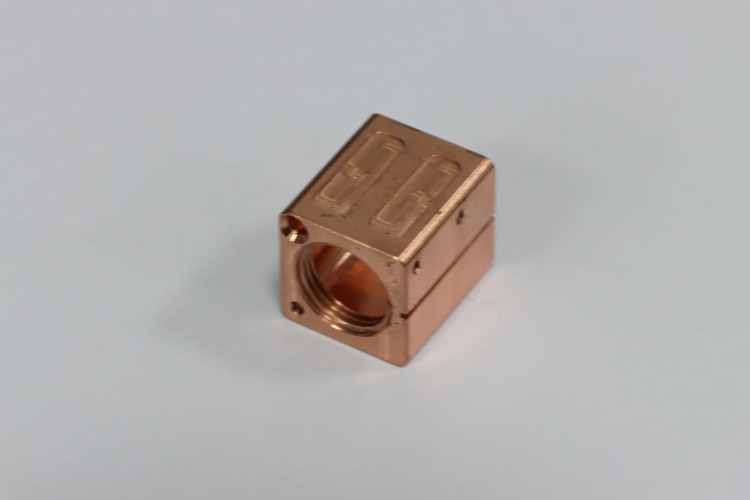
The placement of washers on screws plays a pivotal role in optimizing stability, load distribution, and overall reliability. But the question that often arises is: where does the washer go on a screw?
Traditionally, one washer is typically used, and its placement depends on the configuration:
Nut Side: If a nut is present, the washer usually goes between the nut and the material. This protects the material from the nut's sharp edges and distributes the clamping force more evenly.
Bolt Side: If there's no nut, the washer usually goes under the screw head. This protects the material from the head's pressure and creates a smoother surface for tightening.
But it's not always black and white, There are situations where you might use multiple washers or place them in different locations:
Double Washers: In applications with high-stress or soft materials, using washers on both sides can further distribute the load and prevent damage.
Spacing Washers: Sometimes, washers are used as spacers to raise the screw head to a specific height or fill a gap between the head and the material.
Specialty Washers: Different washer types, like lock washers or fender washers, may have specific placement requirements based on their design and function.
While standard screws can handle many tasks, there are times when only a tailor-made solution will do. Richconn stands as a trusted and experienced partner in bringing your custom screw ideas to fruition.
Advanced CNC Machining:
Our state-of-the-art machines and skilled technicians ensure precision and accuracy in every detail, regardless of complexity.
Material Expertise:
We offer a material selection of all types of screws and understand their unique properties, guiding you toward the perfect match for your needs.
Design Collaboration:
We work closely with you to understand your requirements and translate them into tangible screw designs, ensuring flawless function and aesthetics.
Quality Control:
Every screw undergoes rigorous inspection to guarantee consistent quality and performance, exceeding your expectations.
With precision CNC machining, material mastery, and a commitment to design collaboration, Richconn stands ready to elevate your projects with tailor-made solutions. As we fasten the last thread, envision a future where screws, in their simplicity and diversity, continue to anchor our creations, one custom design at a time. Join Richconn on the journey of limitless possibilities in the realm of fastening solutions!
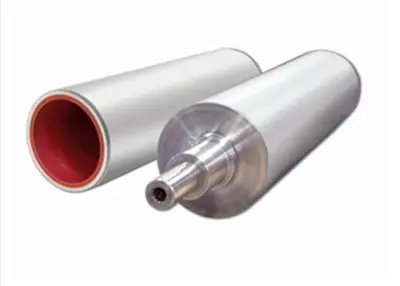 Everything About Roller - Materials, Processing, ProductsJune 15, 2023In this era of rapid change, mechanical equipment is developing rapidly, the degree of automation and intelligence in production is continuously improving, and the performance indicators of mechanical...view
Everything About Roller - Materials, Processing, ProductsJune 15, 2023In this era of rapid change, mechanical equipment is developing rapidly, the degree of automation and intelligence in production is continuously improving, and the performance indicators of mechanical...view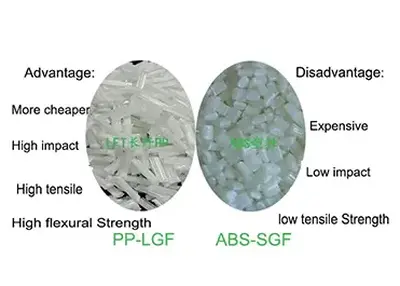 ABS vs. Polypropylene (PP): A Comparison of Two Common PlasticsNovember 28, 2023Plastics are widely used materials in various industries, such as packaging, automotive, medical, and consumer products. Plastics are synthetic or semi-synthetic polymers that can be molded or shaped into different forms and products. There are many types and grades of plastics, each with different chemical compositions and physical properties.view
ABS vs. Polypropylene (PP): A Comparison of Two Common PlasticsNovember 28, 2023Plastics are widely used materials in various industries, such as packaging, automotive, medical, and consumer products. Plastics are synthetic or semi-synthetic polymers that can be molded or shaped into different forms and products. There are many types and grades of plastics, each with different chemical compositions and physical properties.view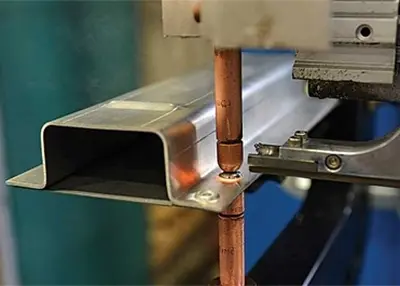 The Differences Between Riveting vs WeldingFebruary 18, 2024Let's explore the advantages, applications, and limitations of riveting and welding processes. Then, you can select the right method for assembling sheet metal parts.view
The Differences Between Riveting vs WeldingFebruary 18, 2024Let's explore the advantages, applications, and limitations of riveting and welding processes. Then, you can select the right method for assembling sheet metal parts.view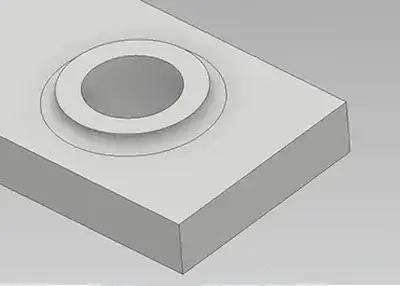 What is a Machined Boss: A Comprehensive GuideNovember 8, 2023In the world of precision engineering, the term machined boss may not be a household name, but it is undoubtedly a crucial element that underpins countless industries. Whether you're a novice looking to expand your knowledge or a seasoned professional seeking in-depth insights, this article will serve as your comprehensive guide to understanding what a machined boss is, how it works, and why it matters.view
What is a Machined Boss: A Comprehensive GuideNovember 8, 2023In the world of precision engineering, the term machined boss may not be a household name, but it is undoubtedly a crucial element that underpins countless industries. Whether you're a novice looking to expand your knowledge or a seasoned professional seeking in-depth insights, this article will serve as your comprehensive guide to understanding what a machined boss is, how it works, and why it matters.view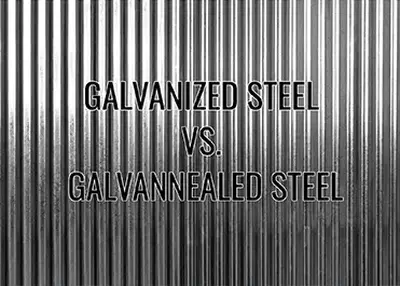 Galvanized vs. Galvannealed Steel: A ComparisonNovember 28, 2023Steel is one of the most widely used materials in various industries, such as construction, automotive, aerospace, and manufacturing. However, steel is also susceptible to corrosion and rust when exposed to moisture and oxygen.view
Galvanized vs. Galvannealed Steel: A ComparisonNovember 28, 2023Steel is one of the most widely used materials in various industries, such as construction, automotive, aerospace, and manufacturing. However, steel is also susceptible to corrosion and rust when exposed to moisture and oxygen.view 2023 ShenZhen International Industrial Automation Robot ExhibitionMarch 6, 20232023 ShenZhen International Industrial Automation Robot ExhibitionThe 12th ShenZhen International Industrial Automation and Robot ExhibitionCome back to ShenZhen in 2023 to write a new chapter of inte...view
2023 ShenZhen International Industrial Automation Robot ExhibitionMarch 6, 20232023 ShenZhen International Industrial Automation Robot ExhibitionThe 12th ShenZhen International Industrial Automation and Robot ExhibitionCome back to ShenZhen in 2023 to write a new chapter of inte...view